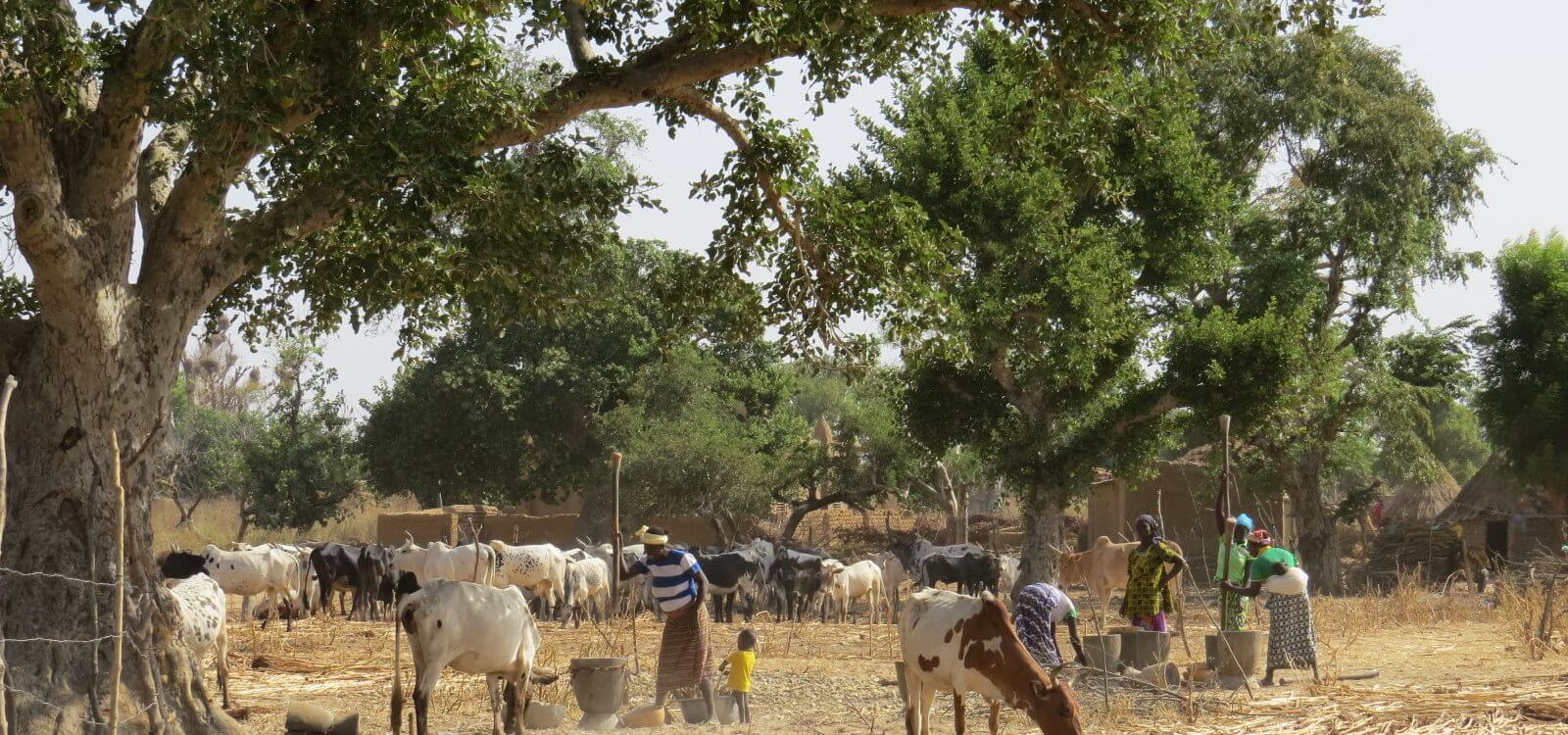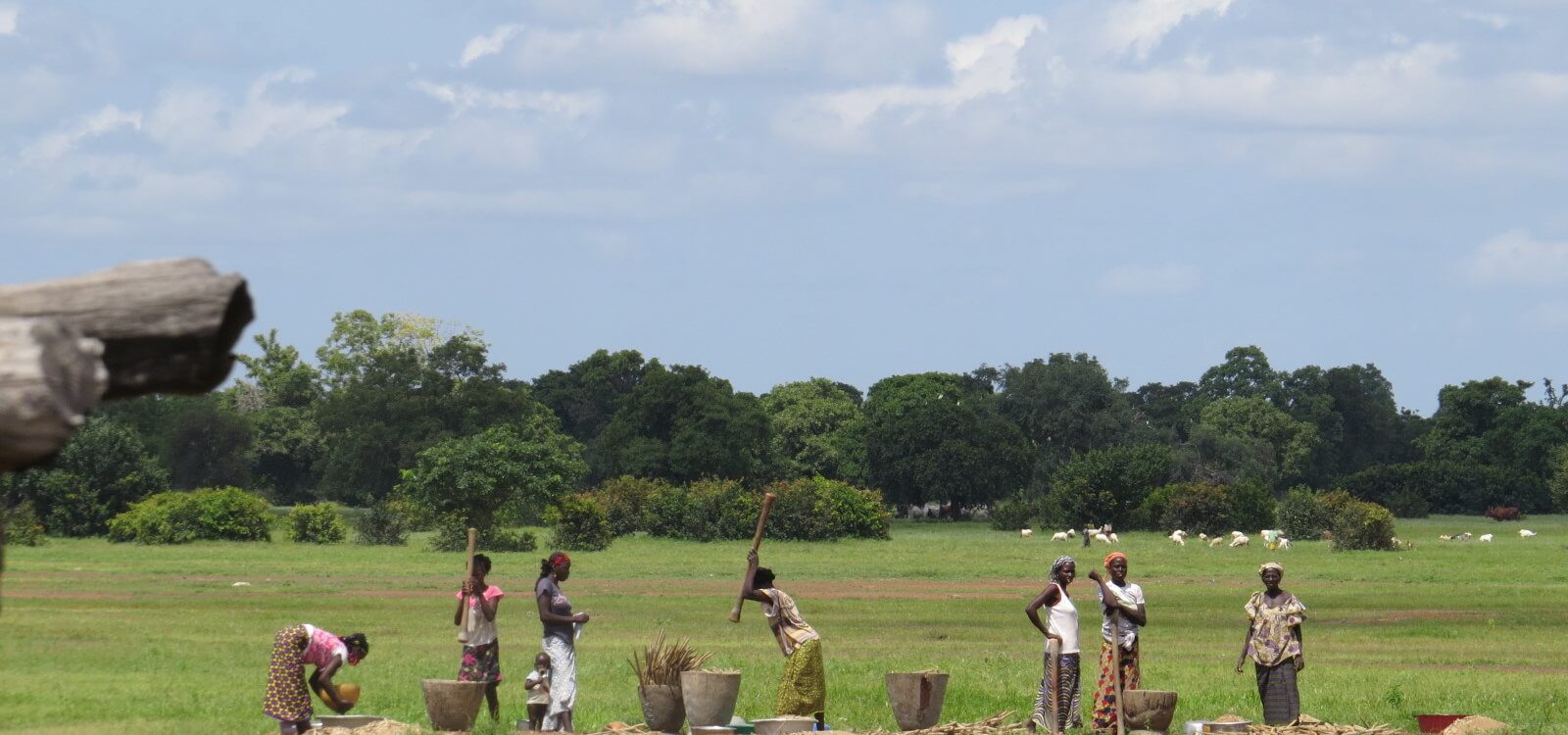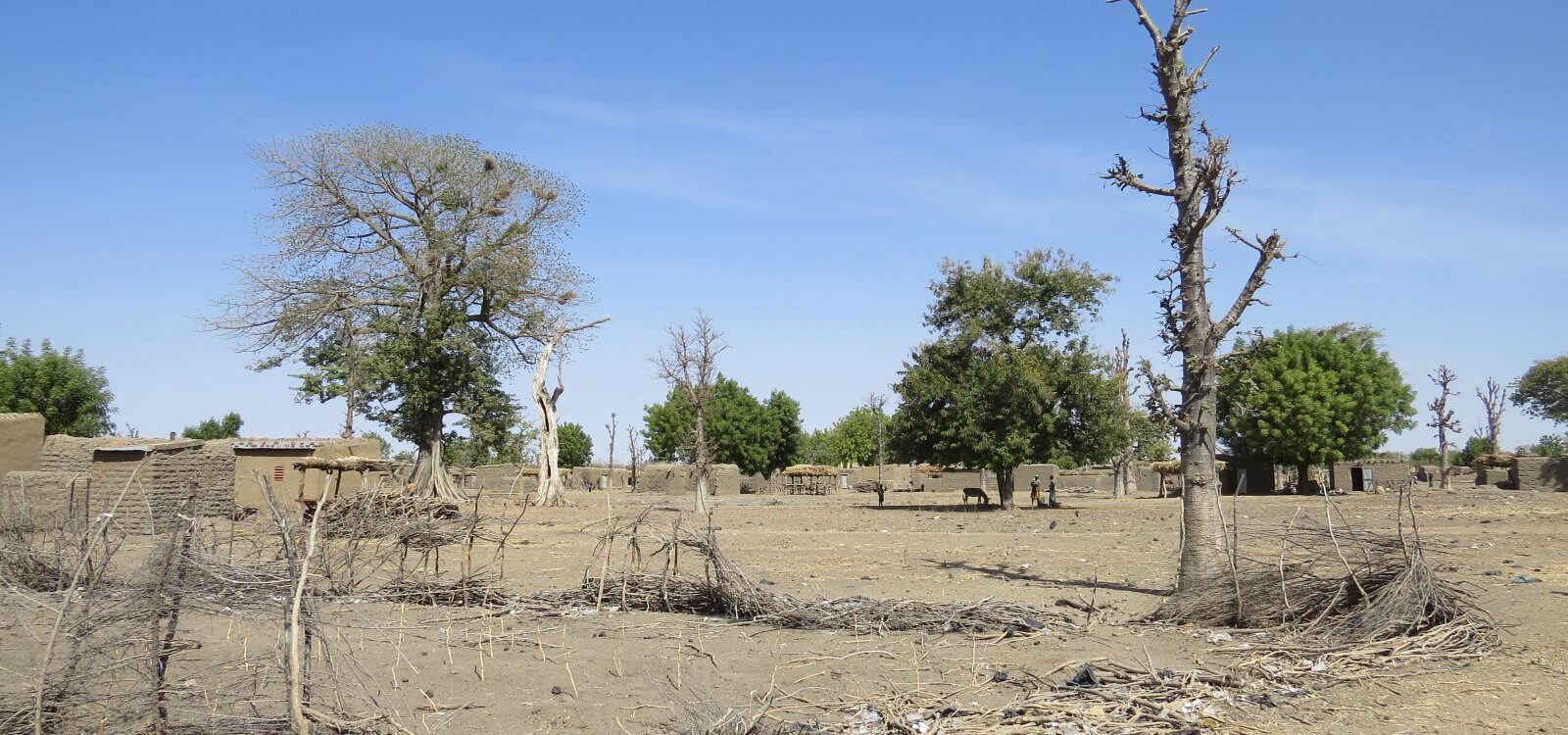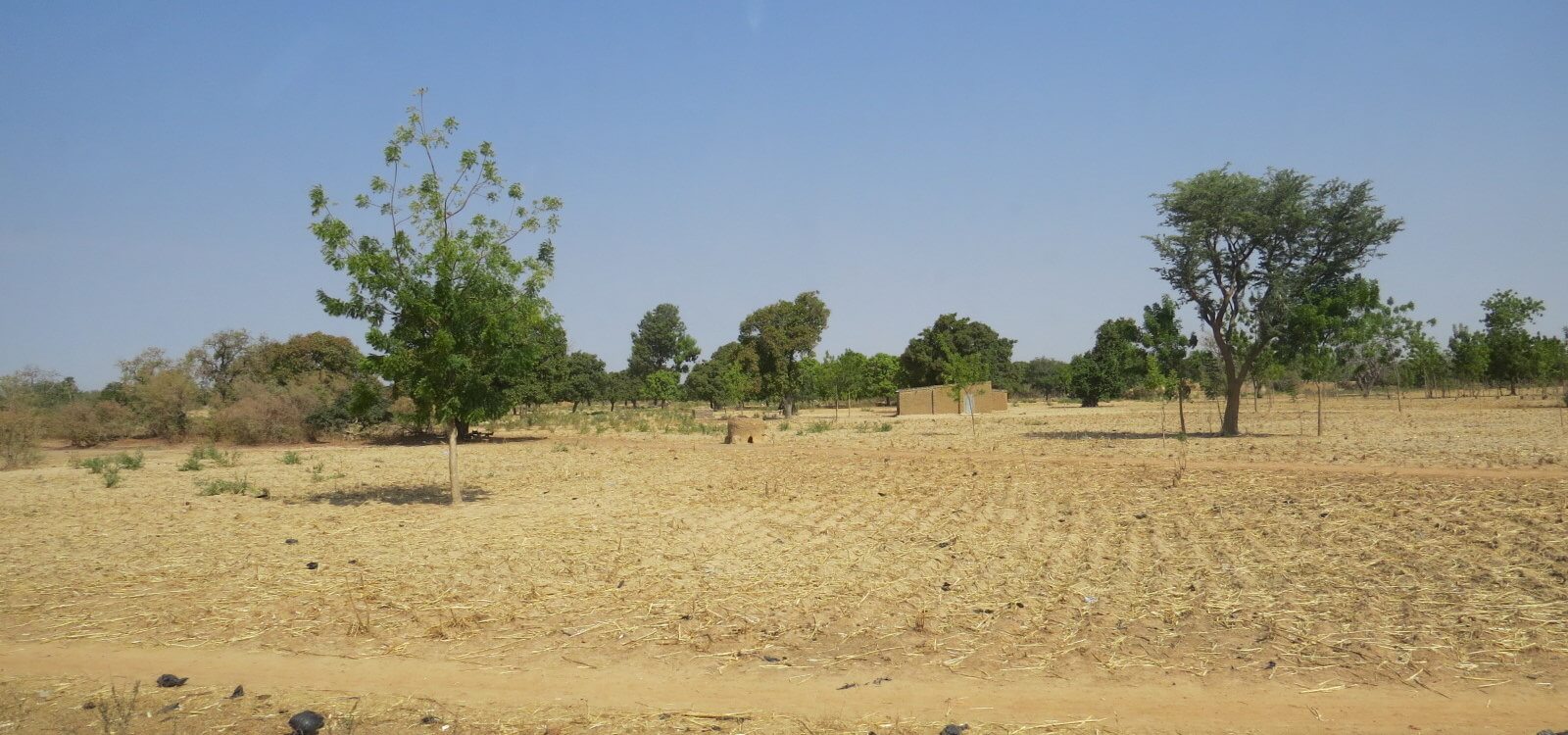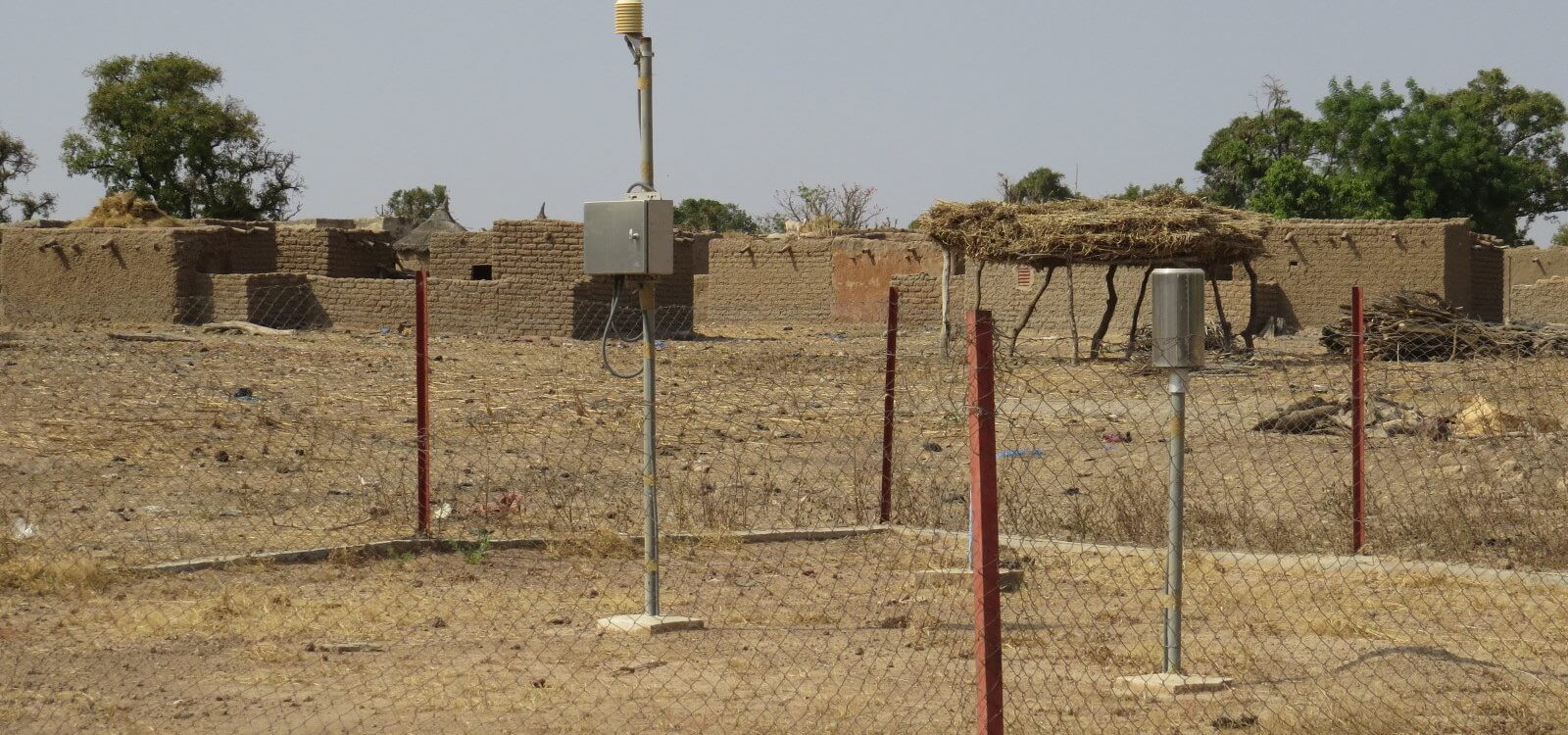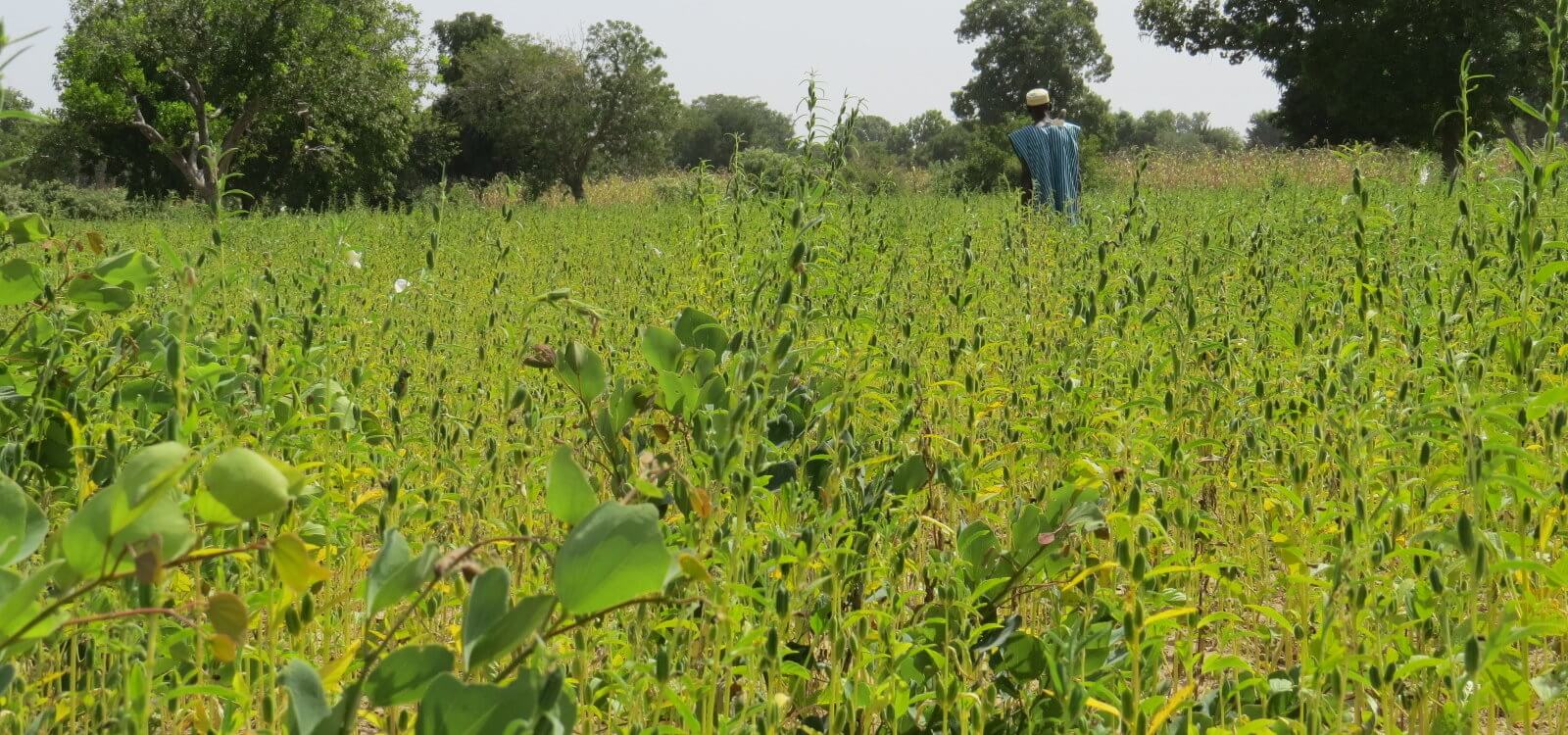Projects / P2
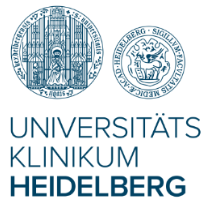
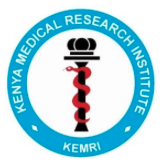
P2: Climate-sensitive nutrients, undernutrition and malaria
The project P2 addresses the projected agricultural losses based on the current CO2 emissions until 2050 and their consequences for the nutritional status of children under-5 years of age living in two selected regions of sub-Saharan Africa. P2 determines the potential of an integrated agriculture and nutrition program as one possible adaptation strategy to improve the children’s nutritional status for climate-sensitive nutrients in rural Burkina Faso and Kenya, where climate change will impact on agriculture most strongly. The proposed program focuses on bio-diversification of subsistence farming by horticultural agriculture in home gardens, and is accompanied by nutrition and health counselling using the 7 Essential Nutrition Action messages by the World Health Organization.
For sub-Saharan Africa, bio-diversification constitutes one of the most promising and most practicable adaptation strategies for CO2-dependent agricultural losses, both, for the absolute amount of crops and for the contents of protein, iron and zinc. The study of these nutrition-relevant objectives in Burkina Faso receives DFG-independent funding. As a novelty, P2 identifies the controversially discussed, potential effects of such agriculture and nutrition program on the risk of clinical malaria in children under-5 years of age in both regions. In the first project phase, the adaptation program will be tailored to the needs of the Kenyan region and pre-tested in 60 households in collaboration with established non-governmental organizations at place. Thereby, we will determine the horticultural crops to be cultivated as well as the practicability and the acceptability of the program. Based on this knowledge, a cluster-randomized controlled trial with 2 x 600 children and their mothers will be initiated. We will recruit households with children at the age of supplementary feed introduction (6-24 months) and initially, follow them up for 1 year. For these children, the protective effects of the program will be calculated for anthropometric measures and biomarkers reflecting protein, iron and zinc status as well as for malaria risk. Moreover, the changes in dietary behavior and maternal nutritional status will be established and cost-effectiveness will be estimated.
For the success of this intervention, P2 closely works with the central projects CP1 (infrastructure platform) and CP2 (projections for adaptations and health). Further, P2 collaborates with P1 on dietary assessment methods and with and Prof. Dr. Manuela De Allegri (HIGH) on cost-effectiveness analyses. The effect trends of P2 will be used by P3 for regional impact modelling concerning agriculture and nutrition status. For the identification of relationships with malaria risk, P7 will provide covariates from hydro-meteorological models.
In phase 2, we will establish the effects of the intervention program on changes in dietary habits, the status of climate-sensitive nutrients, and the risk of clinical malaria among the children after 2 years. We will define the necessary investments to scale-up such intervention programs to the provincial, state, and national levels. Lastly, we will generate adaptation-response functions characterizing the effects of the agricultural bio-diversification and nutrition counselling program under future climate scenarios.
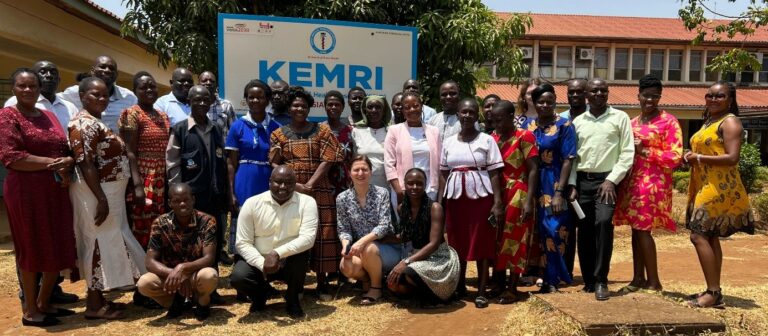
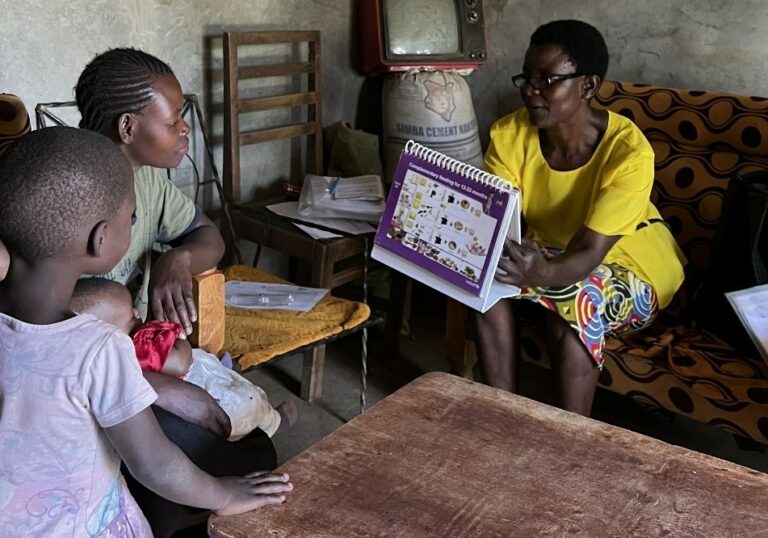
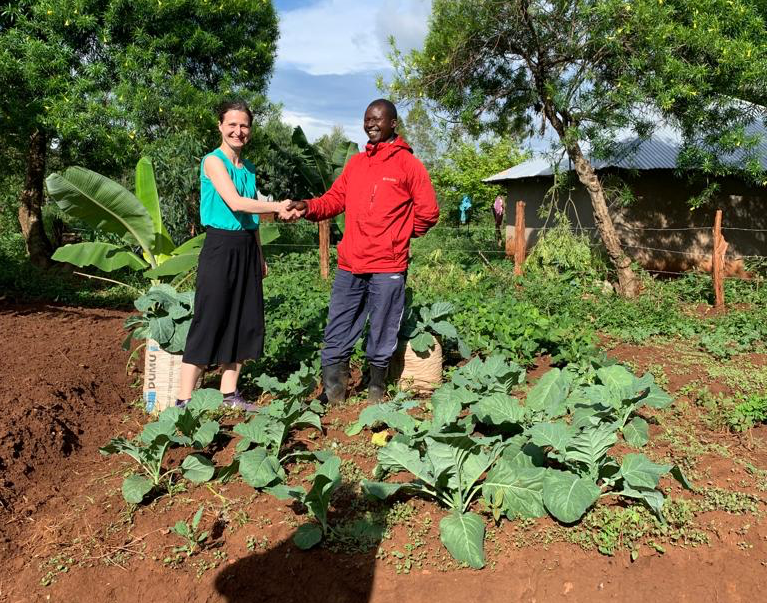
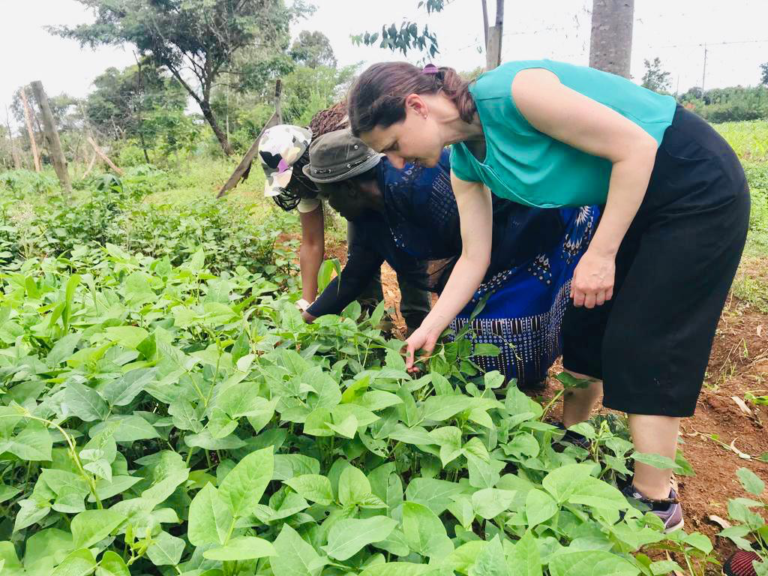
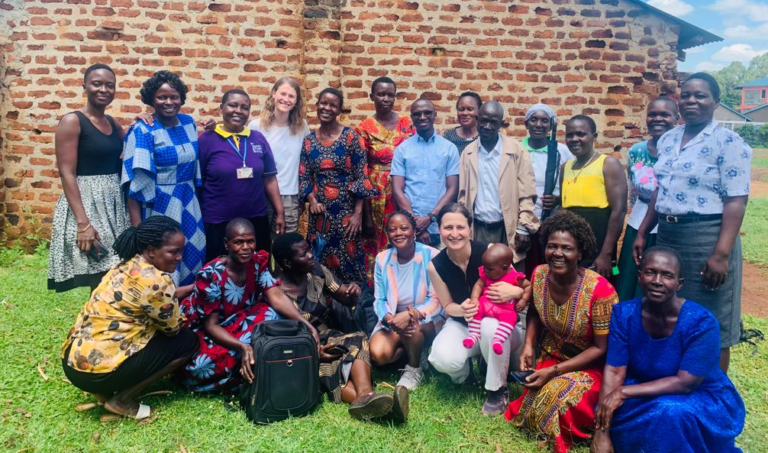
Full Version: https://www.youtube.com/watch?v=dCaPuISjx4w

Principal Investigator (PI):
Prof. Dr. Ina Danquah
Hertz-Chair Innovation for Planetary Health,
Transdisciplinary Research Area (TRA) Sustainable Futures &
Director at Center for Development Research (ZEF)
University of Bonn
Bonn, Germany
E-mail: ina.danquah@uni-bonn.de

Co-PI:
Dr. Erick M.O. Muok
Kenya Medical Research Institute (KEMRI)
Centers for Disease Control (CDC) Research & Public Health Collaboration
Kisumu, Kenya
E-mail: emmbata@yahoo.com

Co-PI:
Dr. Raïssa Sorgho
Nutrition and Planetary Health
University of Bonn
Bonn, Germany
Email: raissa.sorgho@uni-bonn.de

Co-PI:
Dr. Isabel Mank
DEval – Deutsches Evaluierungsinstitut der Entwicklungszusammenarbeit
Bonn, Germany
E-mail: isabel.mank@DEval.org
HIGH
Anais Gonnet, project coordinator
Lea Hansen, doctoral student on formative research component
Grace Kihagi, doctoral student on nutrition counseling component
University of Bonn
Carol Abidha, doctoral student on malaria component
Erick Agure, doctoral student on home gardening component
Sayouba Dianda, doctoral student
KEMRI, Kenya
Michael Mbata, M.Sc. candidate working on malaria component
John Oguso, laboratory technician on malaria component
Elly Assurah, Master student on economic component
CRSN, Burkina Faso
Fanta Zerbo
CABE, Kenya
Odame Hannington, CABE Executive director V
Christopher Ojiambo, CABE accountant
Elsie Kangai, CABE project coordinator
Nicholas Okoyo, CABE field coordinator

